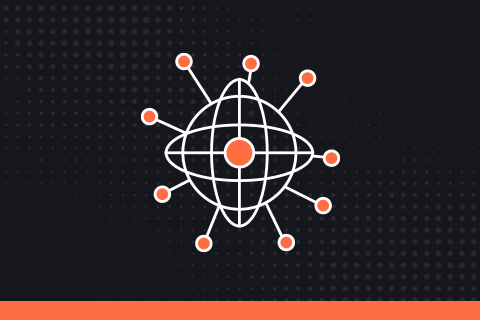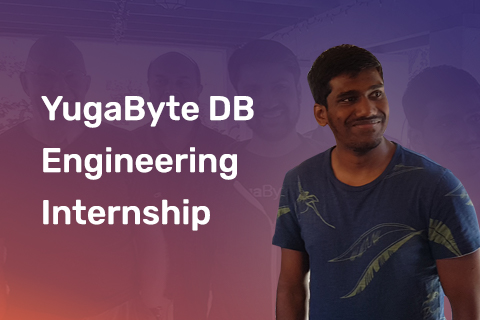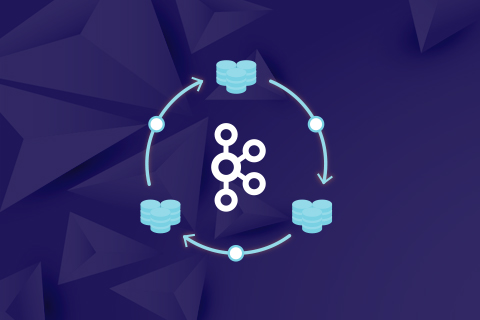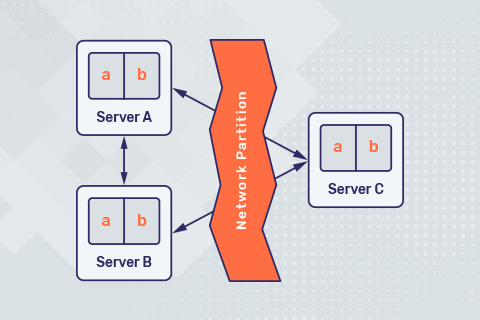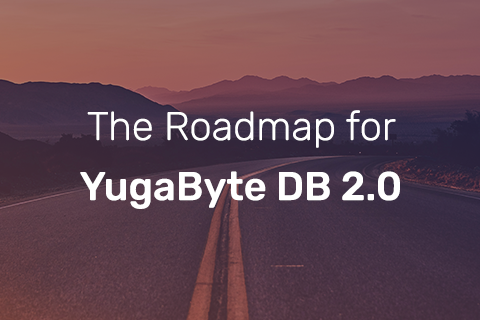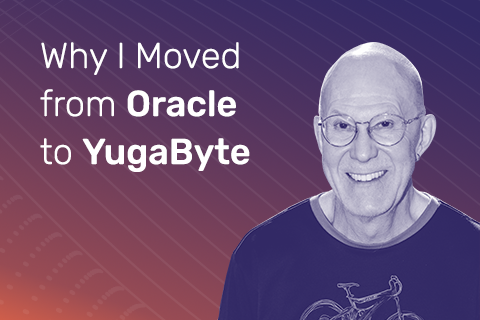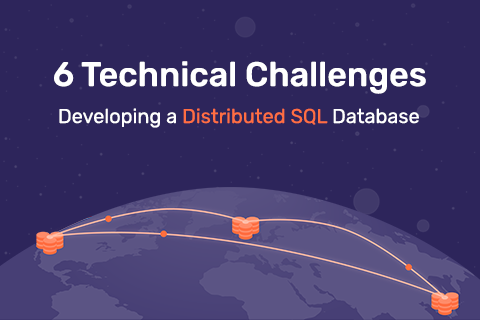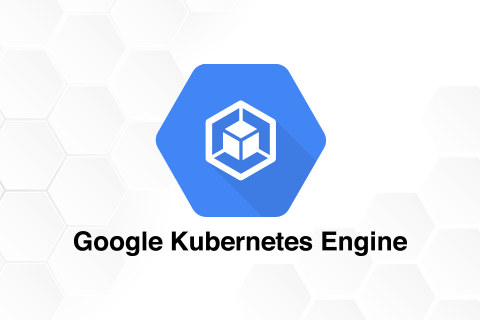Develop IoT Apps with Confluent Kafka, KSQL, Spring Boot & Distributed SQL
In our previous post “5 Reasons Why Apache Kafka Needs a Distributed SQL Database”, we highlighted why Kafka-based data services need a distributed SQL database like YugabyteDB as their highly scalable, long-term persistent data store. In this post, we show how Confluent Kafka, KSQL, Spring Boot and YugabyteDB can be integrated to develop an application for managing Internet-of-Things (IoT) sensor data.
The Scenario – IoT-Enabled Fleet Management
A trucking company wants to track its fleet of IoT-enabled vehicles that are delivering shipments across the country.
…
